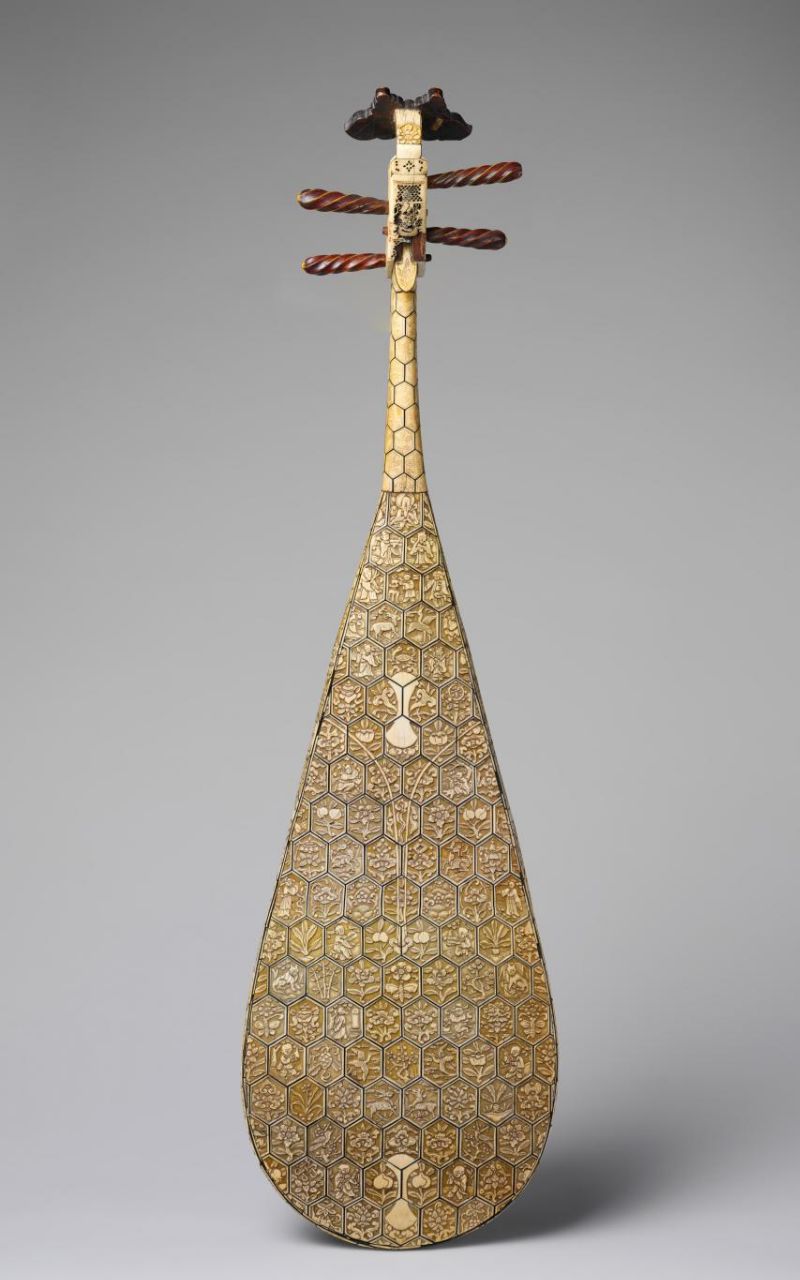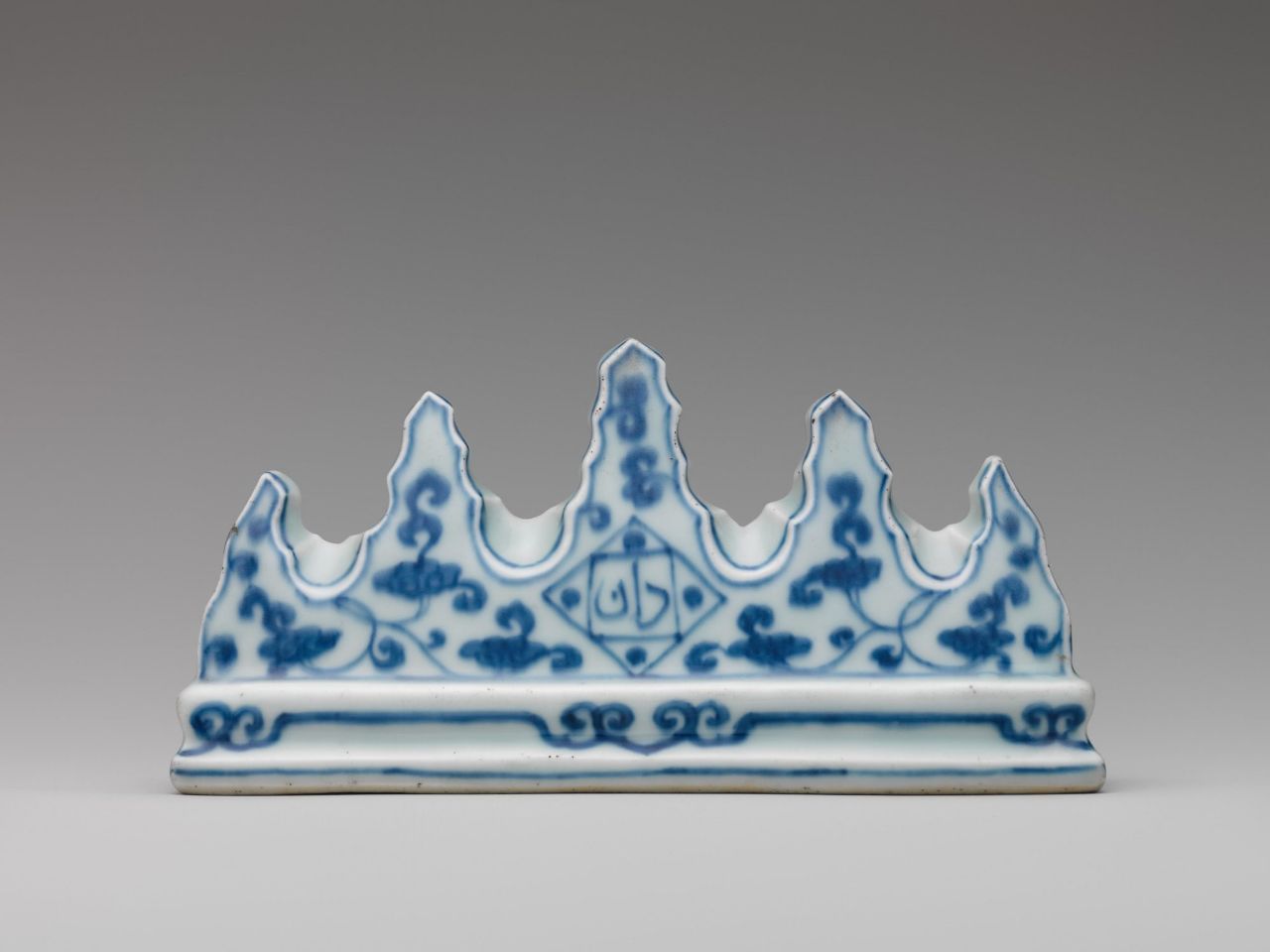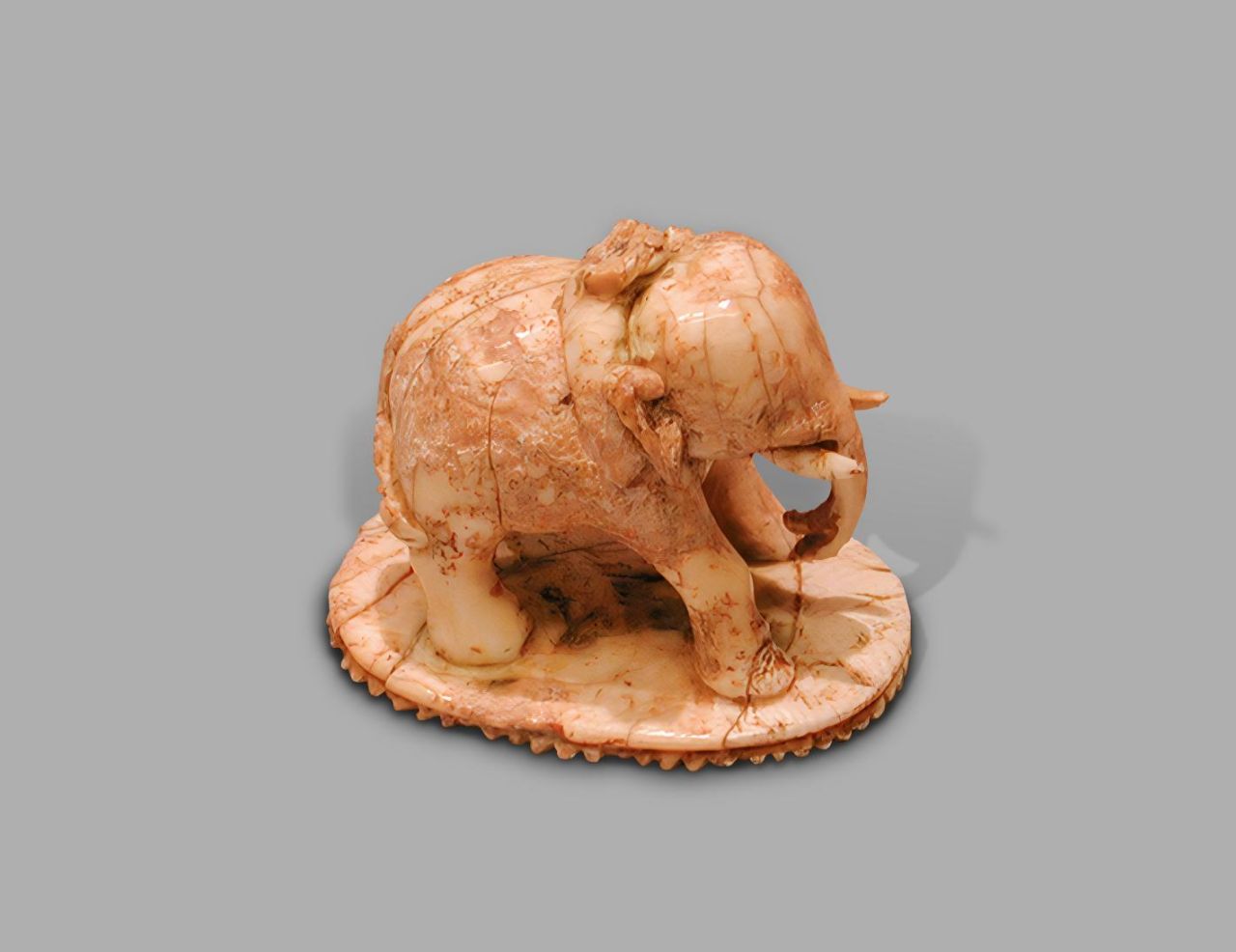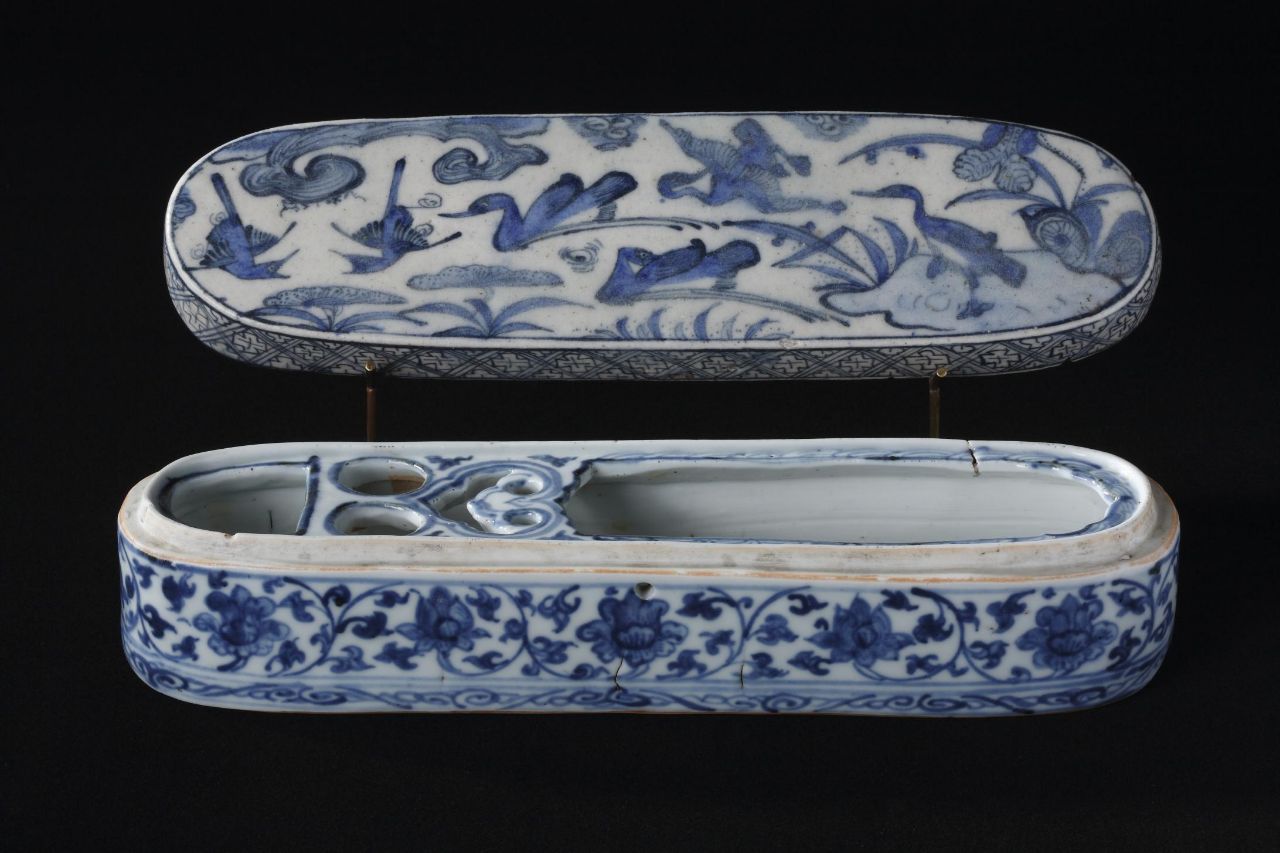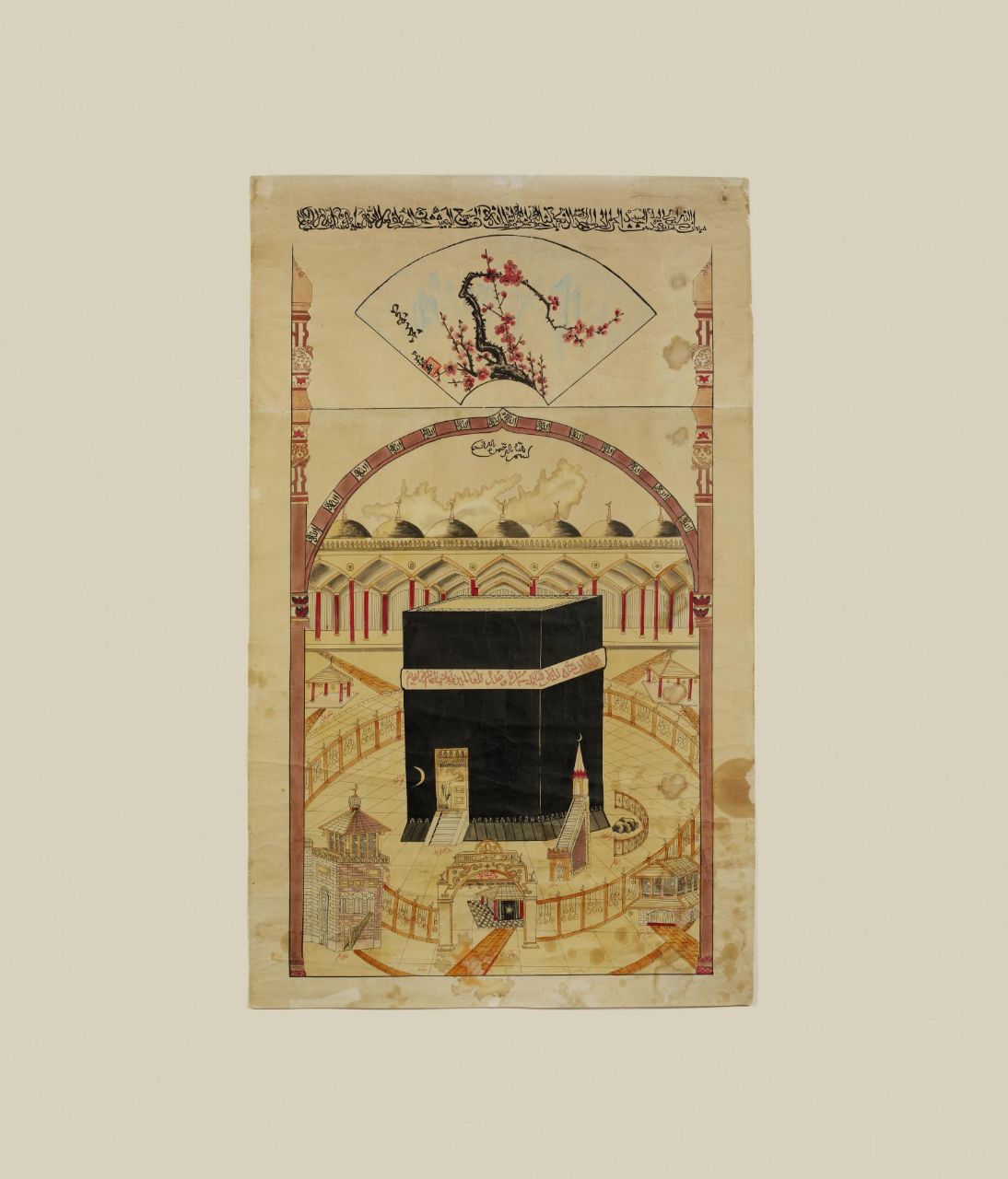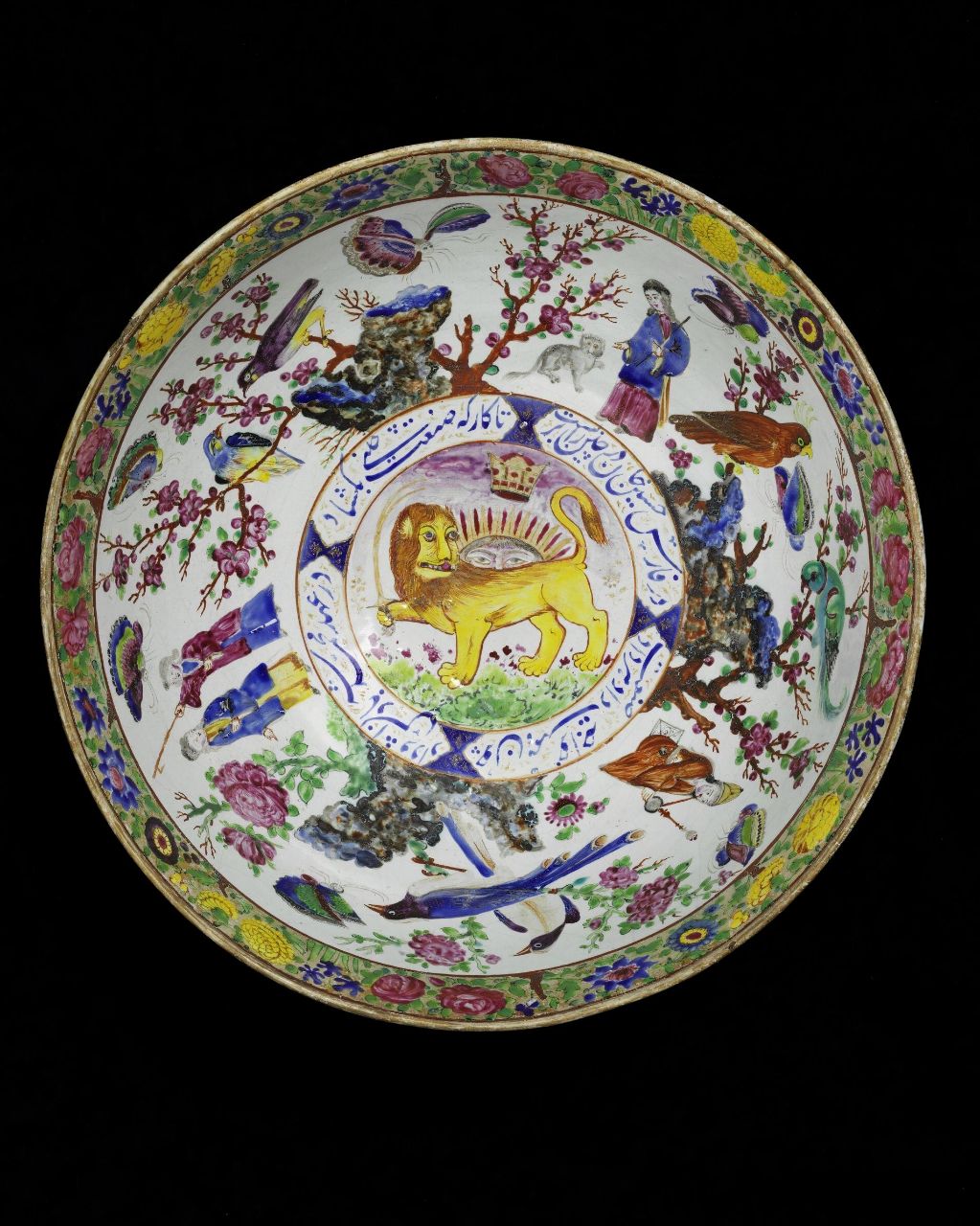Trans-Asias
Early Modern Stories from The Courtauld
Courtauld Institute of Art
The stories in this zone are the work of MA students at The Courtauld, University of London enrolled on two special option courses: “Strolling Isfahan: Masters, Merchants, and Monarchs,” convened by Professor Sussan Babaie, and “Beijing and Beyond: Art and Empire in Early Modern China,” taught by Dr Stephen Whiteman. Called the “Trans-Asias/Things That Talk Project,” this initiative is an integral part of our efforts to develop new approaches in our joint research and teaching about art from across Asia at the Courtauld. Our goal is to train our students to become agile in deploying analytical tools and methodologies of transculturality and trans-Asian thinking toward new histories of art and architecture.
Our initiative emerges from the ideas of connection and transcultural interchange explored in a series of seminars, “Connecting Art Histories, ca 1500-1800,” that are shared among the Early Modern MA special options at the Courtauld. We recognize, however, a need to develop connective histories of art that focus on trans-Asian networks, rather than always linking an Asian culture with Europe. The latter continues to centre Europe by reifying the notion that “global interchange” was solely a function of European exploration and trade; it also appears to confirm the centrality of Europe in how we structure our teaching, libraries, and institutions. While in no way dismissing Europe, “trans-Asian thinking” seeks to decentre Europe and recognize both the significance of inter-Asian contact in the premodern world and methods and approaches that are particular to the study of art and architecture in Asia.
Each of the stories presented here reflects the collaborative research and writing of teams combining students from both “Strolling Isfahan” and “Beijing and Beyond. The object stories form networks across Asia in the Early Modern period, linking, variously, the Ming, Qing, Timurid, Safavid, Qajar, and Mughal empires, as well as Himalayan and Central Asian regions. The stories are first developed individually through course assessment, then advanced collaboratively by teams of two and three for publication here. We hope you enjoy them, and that they offer inspiration for thinking about art in and across Asia in new ways.
